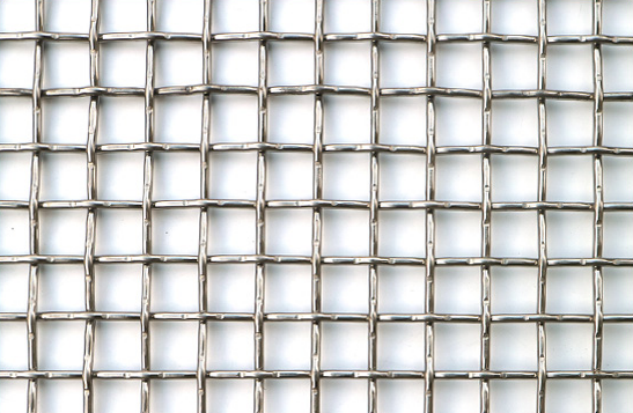The Benefits of Using Plastic Garden Mesh for Climbing Plants
Gardening enthusiasts and professional horticulturists alike are always on the lookout for innovative solutions to enhance plant growth and visibility. One such tool that has gained popularity is plastic garden mesh. Particularly beneficial for climbing plants, this versatile gardening accessory offers a range of advantages that can significantly improve the gardening experience, making it an essential item for anyone looking to cultivate vertical gardens or support climbing flora.
At its core, plastic garden mesh consists of durable, lightweight synthetic material designed to withstand the elements. Unlike traditional wooden or metal trellises, which may rust or decay over time, plastic mesh is resistant to weather-related damage, ensuring longevity and reducing the need for frequent replacements. This durability is essential for gardeners who seek a reliable framework for their climbing plants.
One of the primary advantages of using plastic garden mesh is its ability to support a wide variety of climbing plants, such as cucumbers, peas, beans, and flowering vines. The mesh provides a grid-like structure that allows these plants to latch onto, promoting upward growth. This vertical growth not only saves space in the garden but also increases air circulation and sunlight exposure. By ensuring that leaves receive adequate light, gardeners can encourage healthier plants and potentially improve yields.
Moreover, plastic garden mesh is lightweight, making it easy to install and manipulate. Gardeners can easily cut the mesh to their desired size and shape, allowing for customization based on the specific needs of the plants being cultivated. This flexibility enables gardeners to create unique designs, such as vertical gardens, wall planters, or even decorative trellises. The creative possibilities are endless, which adds both functionality and aesthetic appeal to any garden.
plastic garden mesh for climbing plants

In addition to its structural support, plastic garden mesh can also provide protection for climbing plants. Many climbing plants attract pests or are susceptible to diseases because they become dense and hard to manage. The use of a mesh structure helps to keep plants more spaced out, minimizing the risk of rot from excess moisture buildup and making it easier to monitor for insects. Furthermore, the added elevation can deter certain ground-dwelling pests from accessing the plants, providing an extra layer of protection.
Another notable benefit of plastic garden mesh is its cost-effectiveness. Compared to traditional trellises and garden structures made from wood or metal, plastic mesh is relatively inexpensive. This affordability allows gardeners to expand their plant support systems without breaking the bank, making it an accessible solution for both novice and experienced gardeners. Additionally, its lightweight nature means that transporting and storing the mesh is uncomplicated, further enhancing its practicality.
Finally, plastic garden mesh is environmentally friendly. Many manufacturers are now offering mesh made from recycled materials, contributing to a sustainable gardening practice. Using such materials not only supports eco-friendly initiatives but also reduces the overall carbon footprint of gardening.
In conclusion, plastic garden mesh is an invaluable resource for anyone interested in cultivating climbing plants. Its durability, versatility, and affordability make it an excellent choice for novice and experienced gardeners alike. By providing structural support, improving air circulation, and allowing for creative designs, plastic garden mesh helps create thriving vertical gardens. As gardening continues to evolve, embracing tools like plastic mesh will facilitate more efficient and sustainable gardening practices, fostering a closer connection to nature and enhancing the beauty of outdoor spaces.
-
The Best Metal Mesh Solutions: Expanded Aluminum Metal vs. Expanded Stainless Steel Metal
NewsSep.10,2024
-
Round Perforated Sheets vs. Hexagonal Perforated Sheets vs. Embossed Perforated Sheet Metal
NewsSep.10,2024
-
Perforated Metal Sheets
NewsSep.10,2024
-
Experience The Excellence Of Stainless Steel Grating
NewsSep.10,2024
-
Discover the Versatility Of Metal Mesh Expanded Forming Machines
NewsSep.10,2024
-
Discover The Advantages Of Steel Grating For Sale
NewsSep.10,2024
Subscribe now!
Stay up to date with the latest on Fry Steeland industry news.

